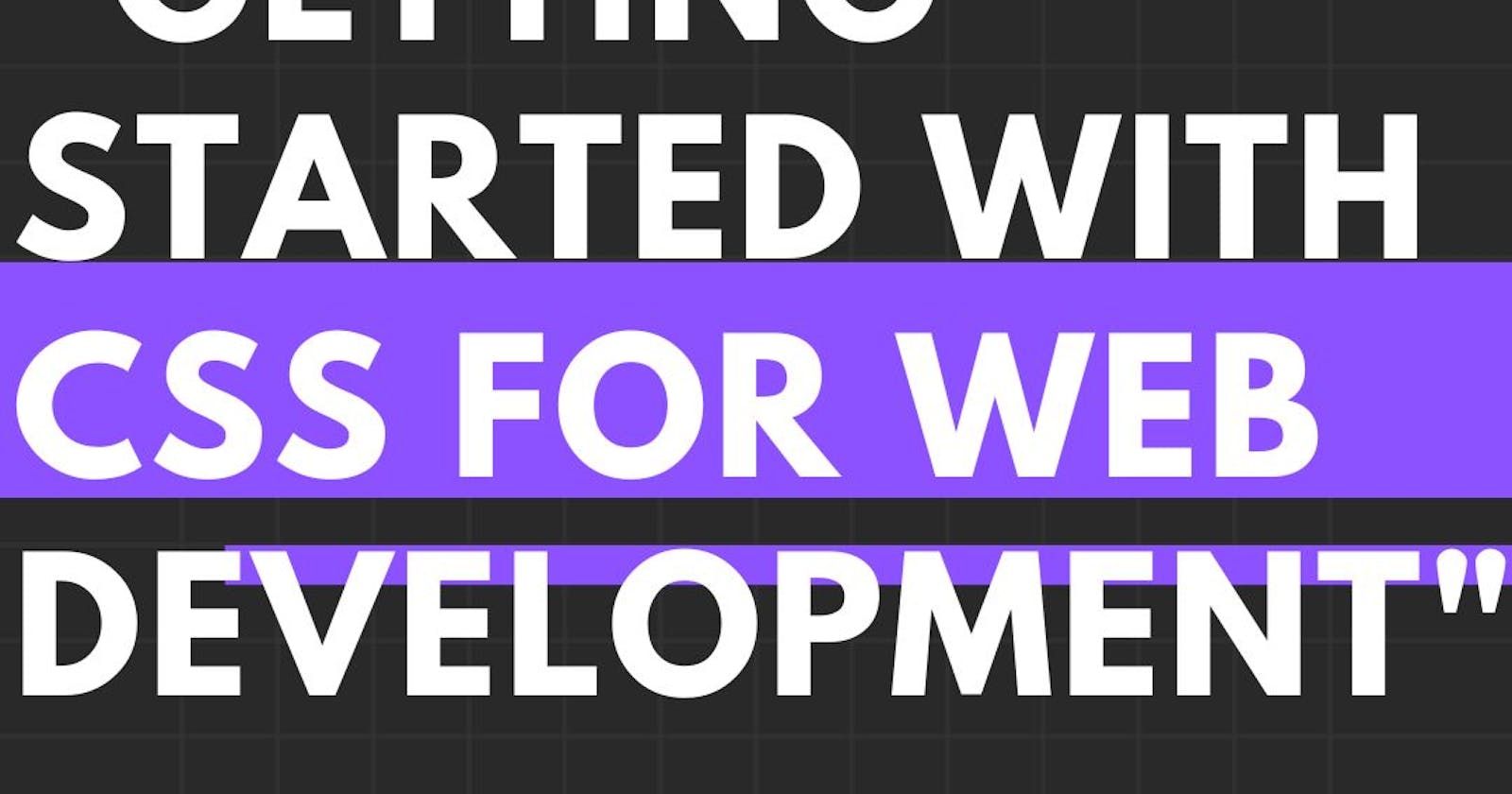Are you interested in starting a career in web development, but don't know where to begin? One of the most important skills for a web developer is having a strong understanding of Cascading Style Sheets (CSS). In this blog post, we will cover all the basics of CSS, from understanding its building blocks and working with selectors and the cascade, to using stylesheets and the link tag. We'll also provide some helpful tips for writing efficient CSS code that will make web development much easier. Join us as we get started on our journey into creating fabulous websites with CSS!
Introduction
Are you a beginner to web development and eager to start developing your own website? CSS is an essential component of web development that provides you with the ability to style, format, and lay out your webpage. In this blog post, we'll give you an introduction to CSS and provide some tips on getting started with it for web development. We'll cover topics such as understanding the fundamentals of styling HTML elements, how to customize page layouts with CSS Grid, common errors, and more. So if you're ready to get your feet wet in learning CSS for web development, then let's dive right in!
Understanding Css Basics
CSS (or Cascading Style Sheets) is a key tool to master when learning Web Development. It is the language used to make websites look polished, professional and aesthetically pleasing. CSS Basics includes understanding how to use selectors, apply colors, create margins and paddings, set fonts, and more. An important concept to understand when working with CSS is the box model - this outlines how all elements on the page are treated as boxes which contain content, padding, border, and margin. Finally, mastering some of the fundamentals of responsive design, such as using media queries will help ensure your website looks great no matter what device it's viewed on.
The Building Blocks Of Css
CSS, or Cascading Style Sheets, is an essential part of the web development process. It allows us to manage how content is laid out and styled on a website. It builds the layout you see on the screen when you visit a website and gives it structure and defines its appearance. CSS offers a range of building blocks that give developers a way to style content including fonts, colors, borders, margins, padding, positioning, animation, and much more. Understanding these fundamentals will help budding developers unlock their creativity and create stunning websites with CSS.
Working With Selectors And The Cascade
When it comes to understanding the fundamentals of CSS for web development, working with selectors and the cascade is essential. Selectors are used to target a specific element on a web page, while the cascade dictates how these elements should be styled. Understanding the specifics of each is key to creating successful websites. Knowing which selectors to use and in what order can help you create an efficient design by avoiding overwriting existing rules. Practice makes perfect when it comes to working with selectors and mastering the cascade, so be sure to spend some time refining your skillset.
Using Stylesheets And The Link Tag
Using stylesheets and the link tag are essential components of web development using CSS. Stylesheets allow developers to put all their styling information in one place, making it easy to manage and update. The link tag is used to refer to the stylesheet within a page so that the styling information can be applied. This is an important step in creating a website, as it allows the developer to design with precision, by specifying font sizes, colors and other design elements. In addition, having only one source for styling information makes updating and managing changes much easier than if they were scattered throughout a webpage.
Tips For Writing Efficient Css Code
When it comes to CSS, writing efficient code is crucial for successful web development. Here are a few tips that can help ensure your code is written efficiently: Keep selector types and declarations in order from most to least specific; use shorthand properties whenever possible; use classes and IDs only when you need them; group related CSS rules as much as you can; always optimize images before using them in your website; and avoid coding style hacks or browser-specific prefixes. Following these simple guidelines will help you produce clean and efficient code quickly and easily.
Conclusion
In conclusion, CSS is an essential tool for web development and learning the basics of it can open up a whole new world of possibilities. With its power to control the look and feel of your site with just a few lines of code, you can create beautiful and engaging websites that will be sure to captivate your audience. As time goes on, more features and abilities become available which makes designing with CSS even more enjoyable. With some practice, you can easily become an expert in the field and sail through any website project!
